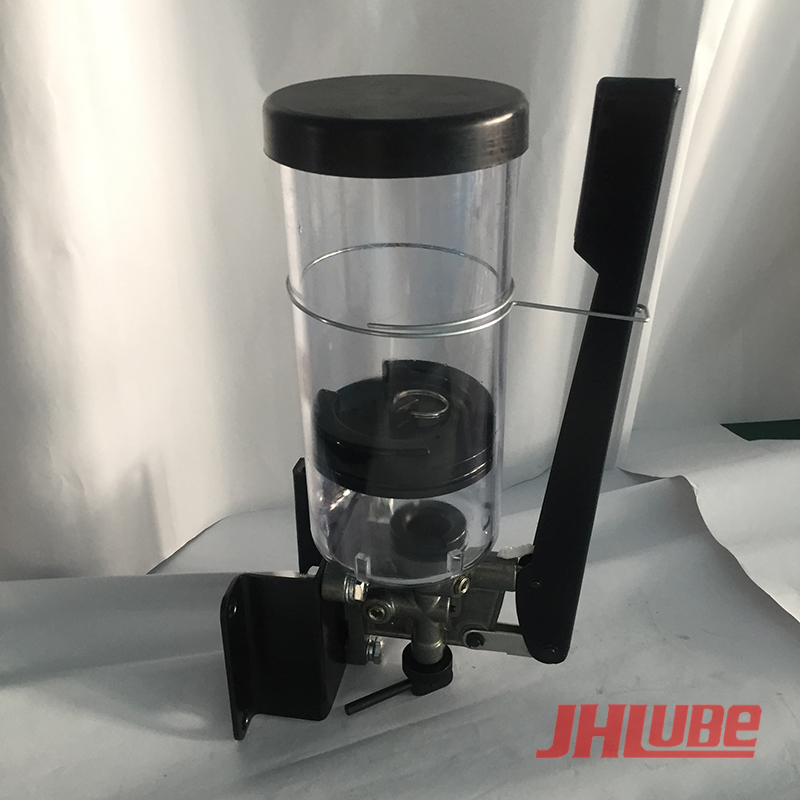Here’s how to use a tool that really comes in handy, especially in tight quarters.
Fluid transfer pumps are a very useful part of any automotive wrencher's toolbox. They're designed to suck up automotive fluids out of their bottles and transfer them to their new intended home via long hoses, especially while working in tight confines like replacing differential oil, automatic transmission fluid, or manual transmission gear oil. They're also quite handy if you need to drain a component's fluid before replacing it, like a power steering or brake fluid reservoir. Pump Industrial

These are simple machines, too. You don't need a Ph.D. to operate them, but you do need to know a few things before you get started. So let's dive and get to a workplace-safe "transferring."
The Drive and its partners may earn a commission if you purchase a product through one of our links. Read more.
These couple of products will ensure the most accurate and mess-free fluid transfer.
It's always a good idea to ensure small children and animals aren't around while working with automotive fluids, as they're quite poisonous. Also, spills can make surfaces slick, so be sure to clean them up really well.
Put on your favorite montage music and pump up the volume.
Loosen the cap of, and if necessary drain any fluids from, the automotive component you're working on. If it's a transmission, remove the fill plug before the drain plug just in case the fill plug can't be removed. The same goes for a differential, though many differentials use only one plug, hence the use of the fluid transfer pump.
Get the bottle that you'll be sucking up fluids from, and make sure it's stable/steady/not going to tip over. If you're removing fluids from an automotive component and pumping them into a container, make sure it won't get knocked over in the process.
If you're draining any fluids, or filling something until fluids drip out, have a drain pan underneath ready to catch it. Let's all do our part by not introducing toxic chemicals into places where they don't belong.
Remove the pump from its packaging if you haven't already, use the appropriately sized hoses that it came with, attach them, and make sure they're in the right orientation. In the pictured model's case, the "IN" end means where the fluids are coming from, and "OUT" means where they're going.
Then, simply extract and pump them into their designated new home. Be sure to follow what your vehicle's capacities are as designated by the manufacturer, as well as what the fill procedure is. Some cars require filling until fluid spills out, others have very specific capacities.
If you're using the pump to first drain the component and then refill, such as removing oil from a diff that doesn't have a drain plug, it's a good idea to run some clean oil through the pump first to clean out all the old stuff, and be sure to follow exactly what the manufacturer's published capacity is while refilling. Though, oftentimes it's a "fill until it drips out" kind of scenario.
Sign Up For Our Newsletter
Technology, performance and design delivered to your inbox.
© 2022 Recurrent Ventures. All Rights Reserved.

Automatic Greasing System Articles may contain affiliate links which enable us to share in the revenue of any purchases made.